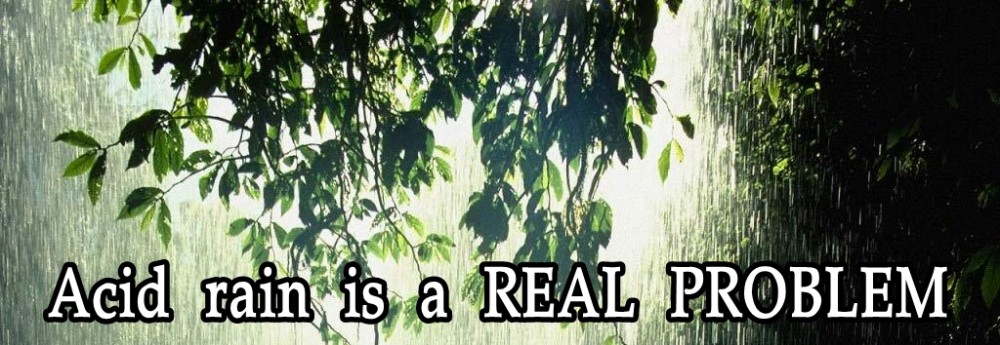1. Understanding Earth’s energy balance is essential to understanding the issue of global warming. For example, the solar energy striking Earth’s surface averages 168 watts per square meter (W/m2), but the energy leaving Earth’s surface averages 390(W/m2). Why isn’t Earth cooling rapidly?
The earth-atmosphere balance is the balance between incoming energy from the Sun and outgoing energy from the Earth. In order to cool, Earth must radiate heat back into space which increases with increasing temperature. Earth has to be “heated up” before it can start cooling.
Despite having more energy leaving Earth’s surface as compared to the solar energy striking Earth’s surface, Earth is not cooling rapidly due to greenhouse effect. The energy that leaves Earth’s surface is trapped in the atmosphere by greenhouse gases and is unable to radiate back into space. Therefore, the Earth is not cooling rapidly.
2. Do you think that the statement made by the cartoon is justified? Explain.
The statement made by the cartoon is not justified as the seasons that we experience is due to the axis tilt of the Earth and climate changes does not have any impact on it. The weather on each location of the Earth is different and the immediate temperature depends on the angle which light reaches the Earth. Furthermore, warmer weather holds more water content in the atmosphere and hence snow and blizzards are a more regular occurrence, despite global warming.
3. One of the first radar devices developed during World War II used microwave radiation of a specific wave range that triggers the rotation of water molecules. Why was the design not successful?
The design was not successful because the absorption of microwave radiation by water in the atmosphere interferes with the detection of the intended objects. More importantly, microwave radiation is harmful to water bodies. Take the example of a microwave oven, whereby food is heated up using microwave radiation. Any objects within the microwave will be heated up. Therefore, we can see that microwave radiation is dangerous. It is not appropriate to use microwave radiation as a radar device as the intensity of it has to be increased to detect devices that are further away, resulting in it being more lethal. A more appropriate design will be to use one with lesser energy and does not cause any damage to water containing bodies.
4. Now that you have studied air quality (Unit 1), stratospheric ozone depletion (Unit 2), and global warming (Unit 3), which do you believe poses the most serious problem for you in the short run? In the long run?
We believe that the most serious problem in the short term is air quality as the effects of poor air quality are felt immediately. Poor air quality causes lung related diseases such as bronchitis. It reduces the lifespan of animals which will invariably affect the food supply. In the long term, stratospheric ozone depletion has the most severe impact. The main function of the ozone layer is to block out harmful ultraviolet radiation which is detrimental to living things. The effects are more long term as ultraviolet radiation causes genetic mutations which are intangible immediately.
